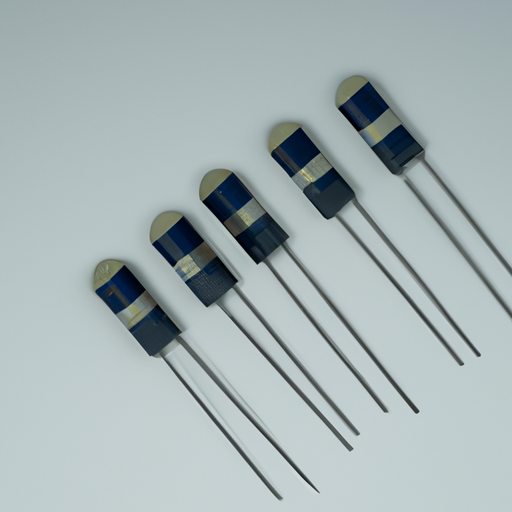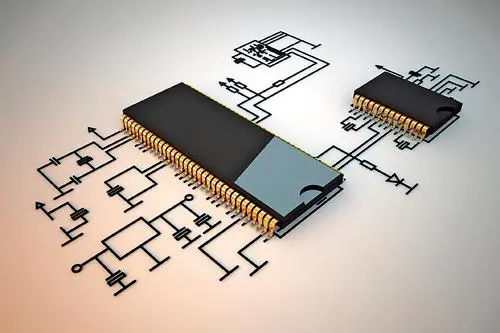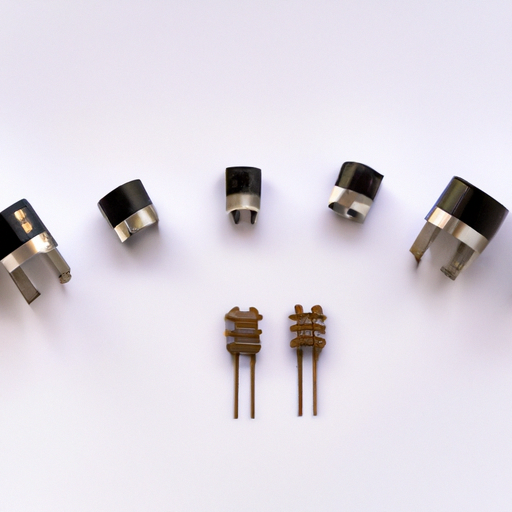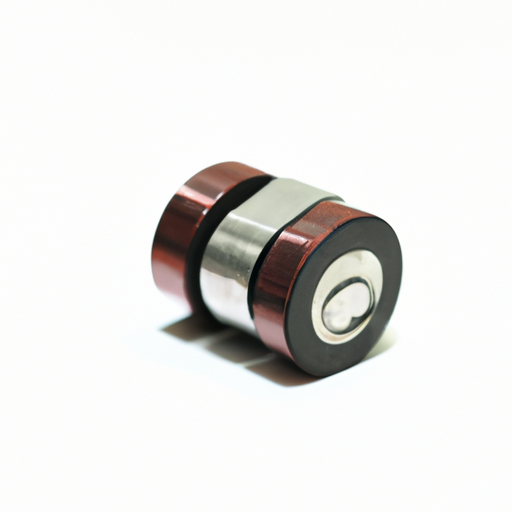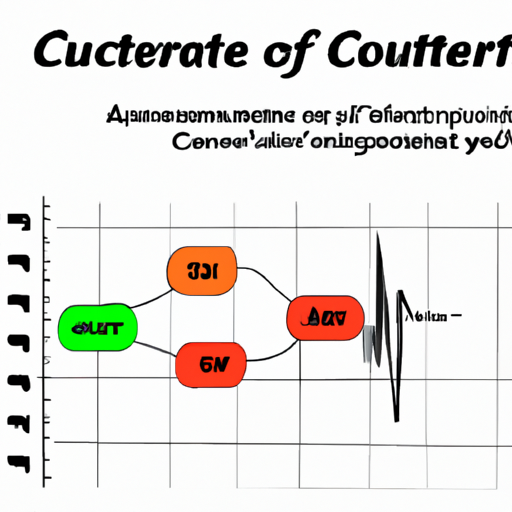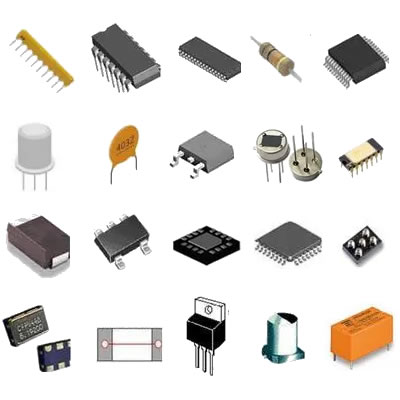S6008L Resistors highlighting the core functional technology articles and application development cases of Resistors that are effective.
Overview of S6008L Resistors and Their Applications
The S6008L resistors are a specific type of resistor that can be utilized in various electronic applications. While detailed articles and case studies on the S6008L model may not be readily available, we can explore the core functional technology of resistors in general and highlight effective application development cases that demonstrate their importance in electronic design.
Core Functional Technology of Resistors
1. Basic Functionality: Resistors are fundamental components in electronic circuits, primarily used to limit current flow and divide voltages. They are essential for controlling the electrical characteristics of a circuit.
| 2. Types of Resistors | |
| 3. Material Composition | The performance of resistors is influenced by their material composition. Common materials include: |
4. Power Rating: Resistors are rated for their power dissipation capabilities, typically measured in watts (W). Selecting the appropriate power rating is crucial to prevent overheating and ensure reliability.
5. Tolerance: This specification indicates the allowable variation from the nominal resistance value, expressed as a percentage. Lower tolerance values indicate higher precision, which is critical in sensitive applications.
6. Temperature Coefficient: This parameter measures how resistance changes with temperature, which is vital for applications requiring stable performance across varying environmental conditions.
Application Development Cases
1. Voltage Divider Circuits: Resistors are integral in voltage divider configurations, which are used to create reference voltages for sensors and microcontrollers. For instance, in a temperature sensor circuit, resistors can scale down the voltage output to a level suitable for analog-to-digital conversion.
2. Current Limiting in LED Circuits: Resistors are essential for limiting the current flowing through LEDs, preventing damage and ensuring optimal brightness. The selection of the resistor value is critical to achieving the desired current, which directly affects the LED's performance and lifespan.
3. Signal Conditioning: In audio and communication systems, resistors are used in filter circuits (e.g., low-pass and high-pass filters) to shape the frequency response of signals. This is crucial for enhancing audio quality and ensuring clear communication.
4. Pull-Up and Pull-Down Resistors: In digital logic circuits, pull-up and pull-down resistors are employed to define the logic levels of inputs when no active devices are driving the inputs. This prevents floating inputs, which can lead to unpredictable behavior in digital systems.
5. Temperature Sensing with Thermistors: Thermistors, a type of resistor, are widely used in temperature sensing applications. Their resistance changes with temperature, allowing for accurate temperature measurements in HVAC systems, automotive applications, and consumer electronics.
6. Power Management in Supply Circuits: Resistors play a vital role in power supply circuits for load balancing and biasing networks. They help manage power distribution, ensuring stable operation of electronic devices and preventing overload conditions.
Conclusion
Resistors, including models like the S6008L, are indispensable components in electronic circuits, providing essential functions such as current and voltage control, stability, and signal conditioning. Their applications span a wide range of fields, including consumer electronics, automotive systems, telecommunications, and industrial automation. A thorough understanding of the core technology and effective application cases of resistors is crucial for engineers and designers in developing reliable and efficient electronic systems. By leveraging the unique properties of resistors, designers can create innovative solutions that meet the demands of modern electronic applications.

